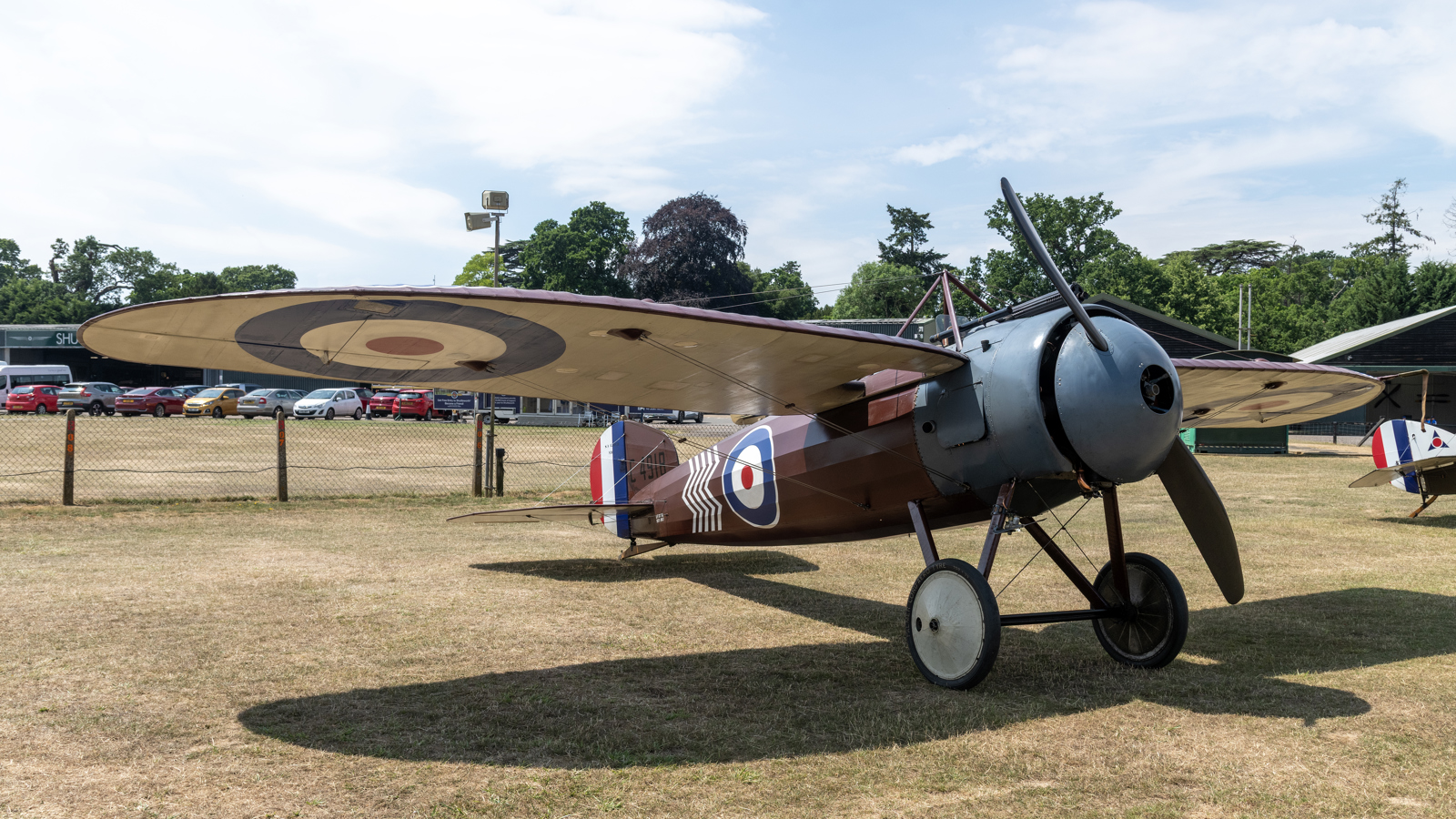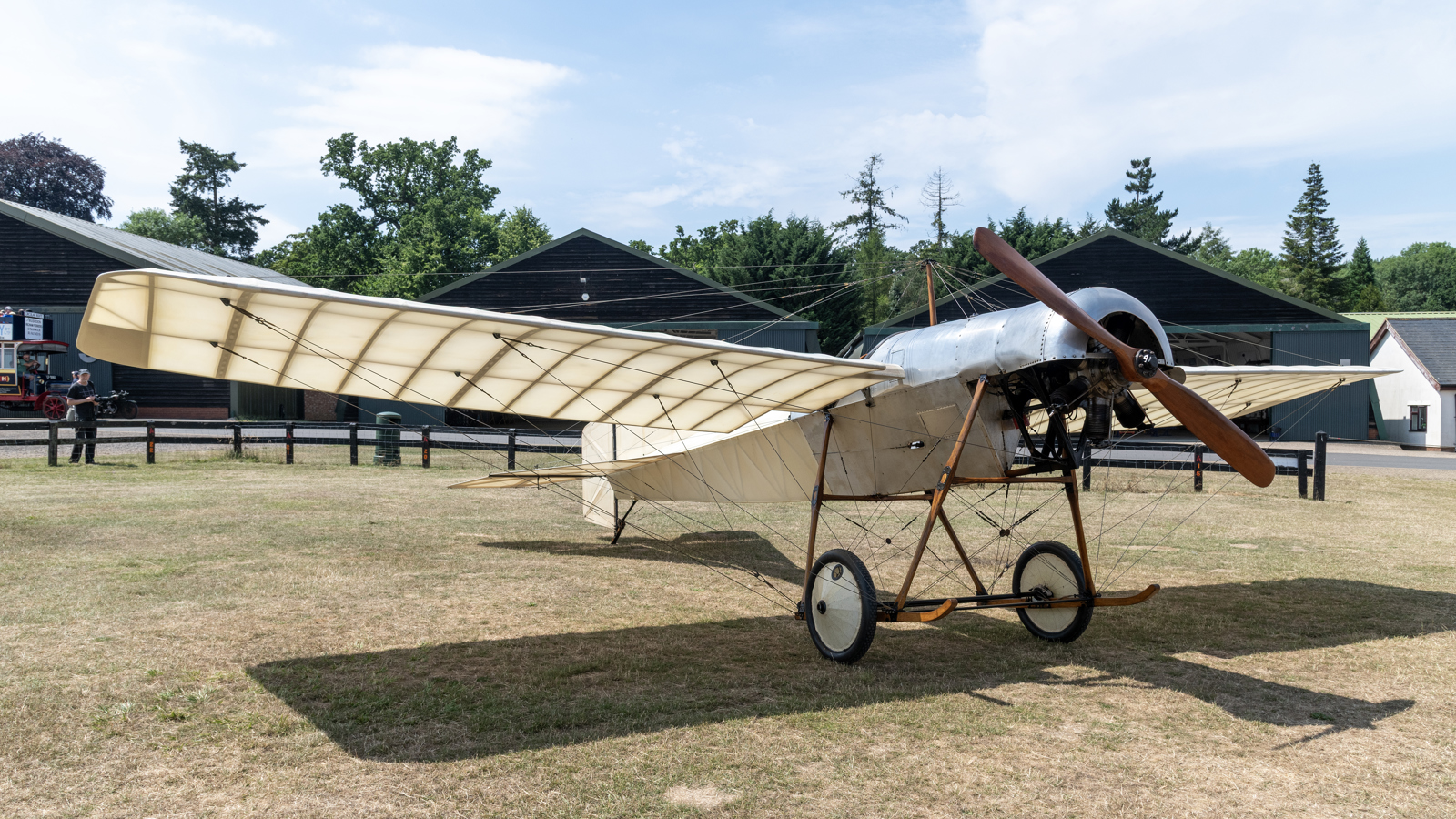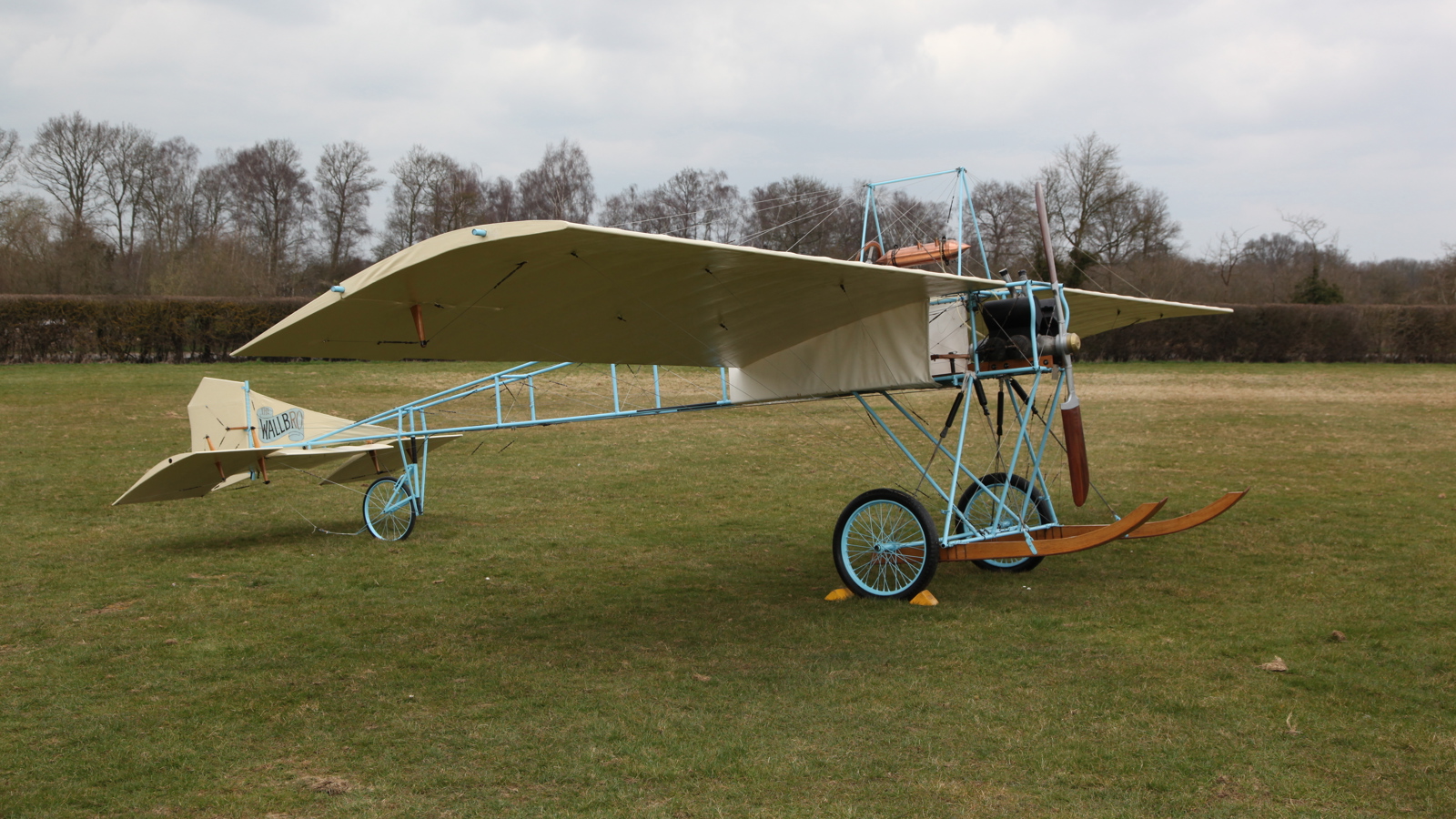Slingsby Kirby Kite
In 1935, WWI RAF veteran Fred Slingsby redesigned the Grunau Baby II, a single seat high performance type he was already building under licence. In just four months he replaced the boxy angular fuselage of the Baby with a svelte, streamlined and rounded structure using thin sheet ply, and the formerly straight wing was altered to gull shaped (with pronounced dihedral at the centre sections) and refined in plan. The resulting prototype made its first soaring flight at the British Gliding Association’s championships atSutton Bank, North Yorkshire in late August 1935 and won the Wakefield Trophy for a flight of 54 miles.
The new glider had an impressive, for its time, glide ratio of 21, that is 21 feet travelled for the loss of 1 foot of altitude (by comparison today’s gliders have glide ratios of up to 60) and went into production as the Slingsby T.6 Kirby Kite. In all, 25 were built. It was successful though rather expensive, costing about a quarter the price of an average house.
About this aircraft
Built by Slingsby Sailplanes Ltd, this Kite (subsequently allocated the identification BGA 310 by the British Gliding Association) received its first Certificate of Airworthiness in 1937. By 1974 it had been acquired by Michael Maufe and remained in his family, flown by Michael and his son Anthony, until bought by the Shuttleworth Trust in 2011. During the Maufes’ ownership, in 1982, the glider was extensively rebuilt, using the fuselage, port wing and elevator from another Kite, BGA327, but retained the BGA310 identity.
Specification
| Title | Detail |
|---|---|
| Type | Single seat monoplane glider |
| Design purpose | Trainer & sport gliding |
| Wingspan | 46ft 7in |
| Overall length | 18ft 9in |
| Weight | 304lbs |
| Max speed | 70mph |
| Year | 1937 |
| Manufacturer | Slingsby Sailplanes Ltd |
| Engine | None |
| Engine type | N/A |
| Era | Interwar |
| Status | Collection owned |
| Registration | BGA310 |
Other collection items
Register for Updates
Be the first to hear about our latest events and get all the Shuttleworth news

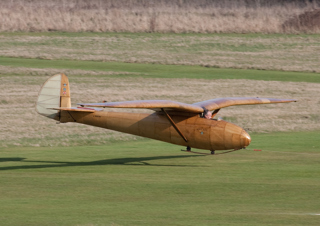
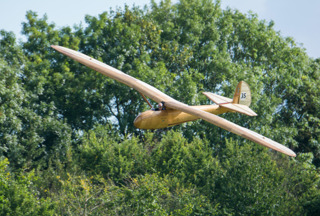
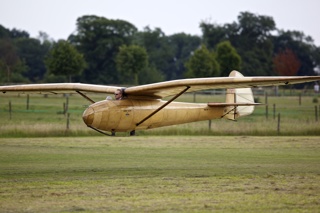
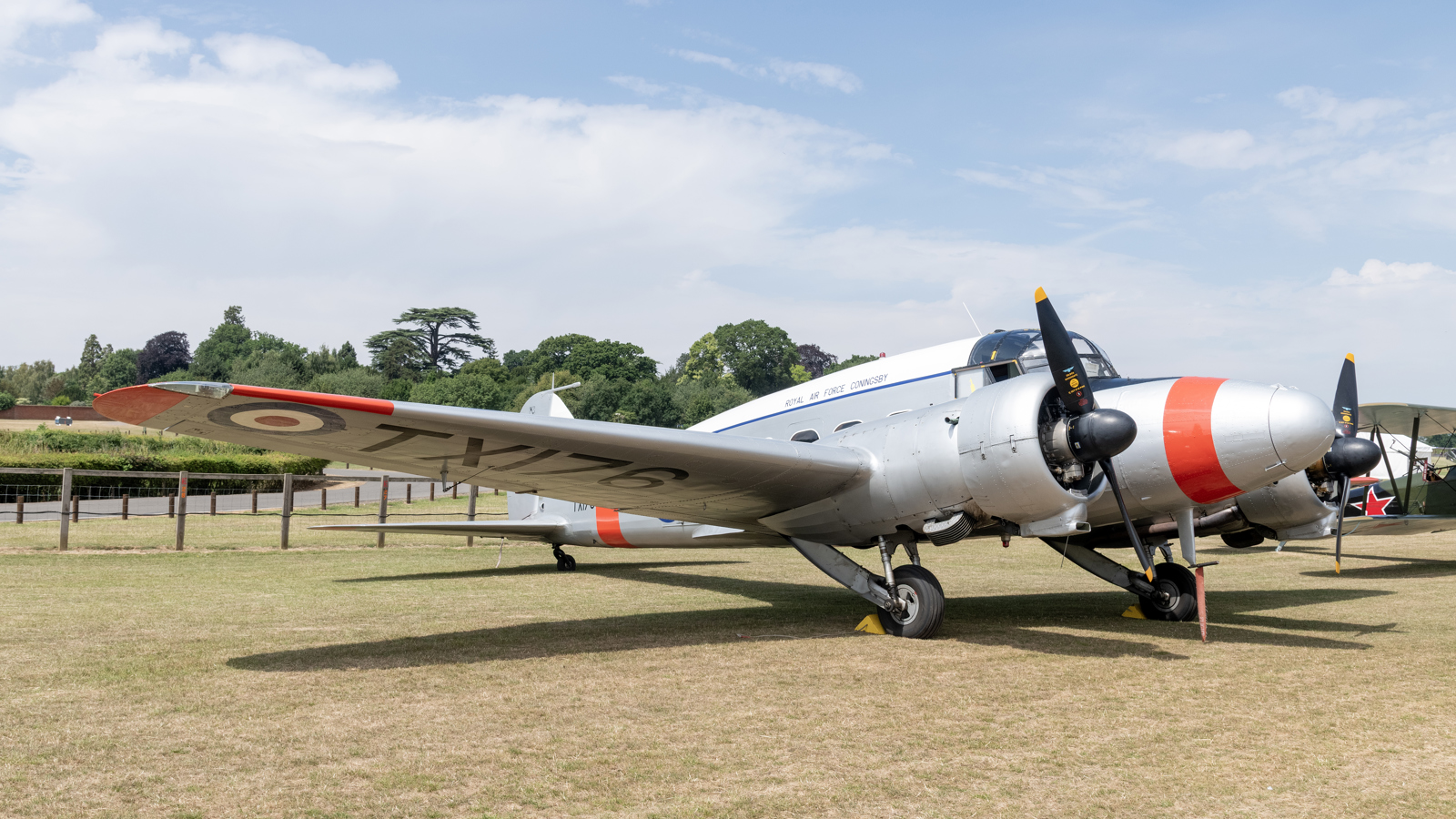
![D Harbar OW W W Oct 2023 038 [TIF 30046285139]](/media/udnnxjqe/d-harbar_ow_w_w_oct_2023__038-tif-30046285139.jpg?width=1600&height=900&v=1dc1e6c68e3c0d0)
